How to Publish Your Projects on Domestika
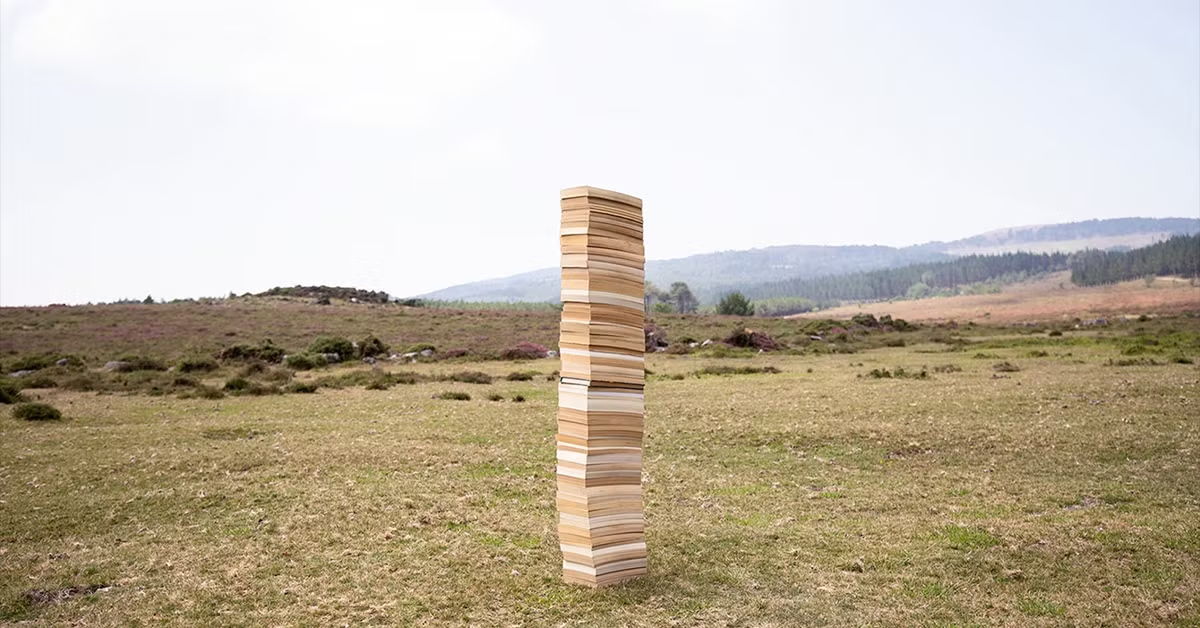
Tips on publishing your projects: sharing your work, goals, techniques, and even doubts about your creative process
Sharing your creativity is a positive thing. And, thanks to technology, it's never been easier to showcase your talents to the world. So many people could be interested in what you create.
However, do you know how to present it or photograph it? Talking about your story, your beginnings, your inspiration, and even your obstacles is crucial. Read on as we tell you how to make sure your projects shine on Domestika.
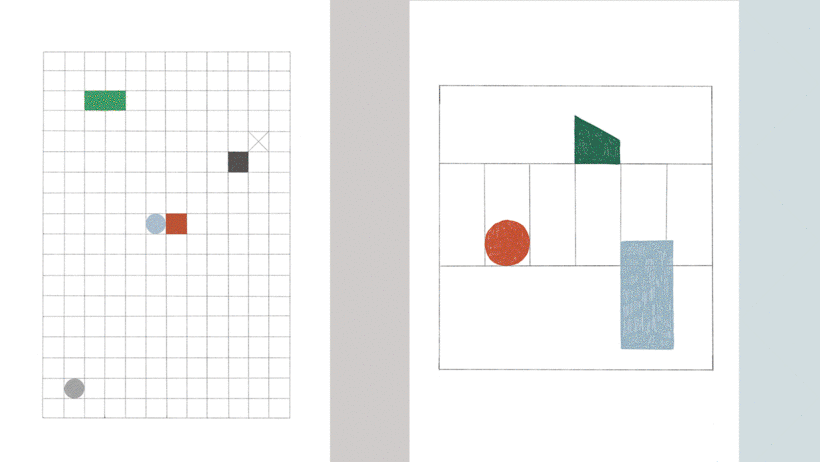
Within the Domestika community, you can publish your course's final project or any other work you have created. According to creative and art director Microbians (@microbians) “it's not just about showing what you have executed, but also about including other people into your creative journey.” Another art director, Miguel Márquez (@miguelon), Studio Manager at Domestika, believes that “seeing other people's projects is another way to gain knowledge.”
They both agree that it is normal to have doubts when deciding what you want to show. You may wonder which piece is worth uploading, or whether you have to explain the techniques you've used. What is important for the viewer, and what is not?
The good news is that you can learn how to share. So, if you've created something unique, you can follow the tips we are sharing below, and start showing up in the community.
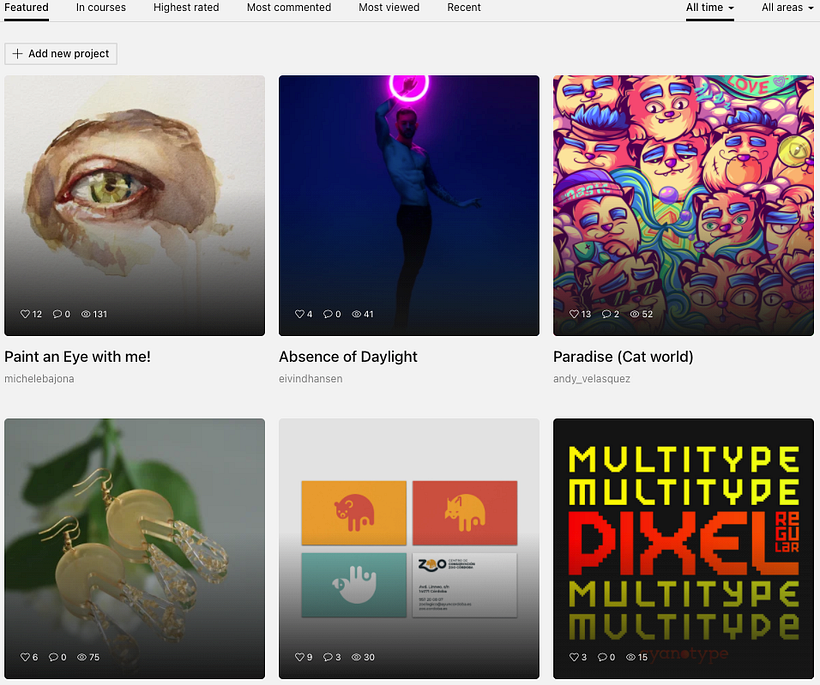
Don't be afraid to feel like an amateur
One of the most common fears is believing that you are not important because you have yet to collaborate with big brands or just started. However, you certainly have something that makes you different from the others, and only you can express it.
A few years ago, you would expect any artist to be working by themselves in their studio. They would then exhibit their work in a museum or gallery, publish a book, or release a record. This would represent the only moment in which they would connect with their audience. People, however, are really interested in all the work that takes place behind the scene.
This step can represent something positive for you, too: you could receive the feedback of others, and you will be able to learn something new.
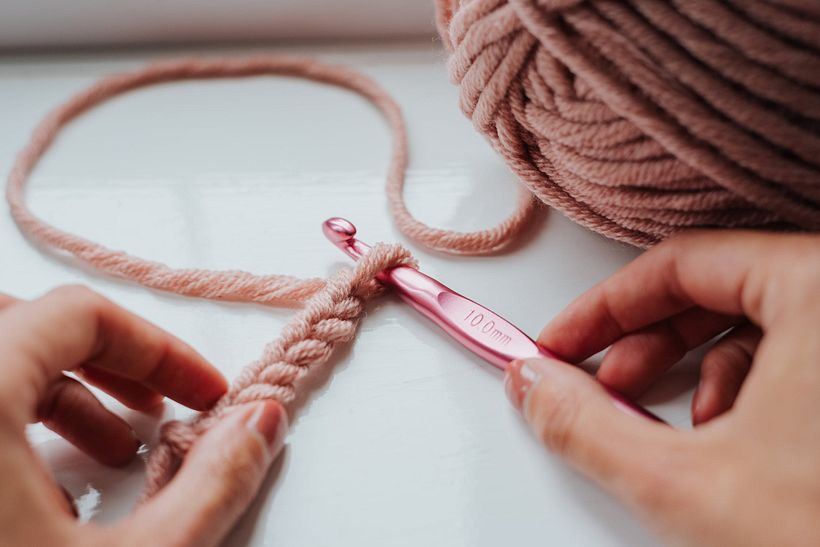
Create a work diary
Often, the hardest part is collecting and selecting all the elements that make up your creative process. Getting into the habit of keeping what you use daily, from cutouts, photographs, or ideas that inspire you, can make this easier. It will also help you see your work in perspective and be more aware of your processes.

Types of projects
The projects shared within the Domestika community are mainly:
- End-of-course projects: this is work produced by students of the Domestika courses, reflecting what they have learned. These projects are distinguished by a blue label.
- Personal projects: any other type of work that was created independently whether as an artist or as a learner of a specific discipline.
- Commercial projects: client commissions showcased by professionals
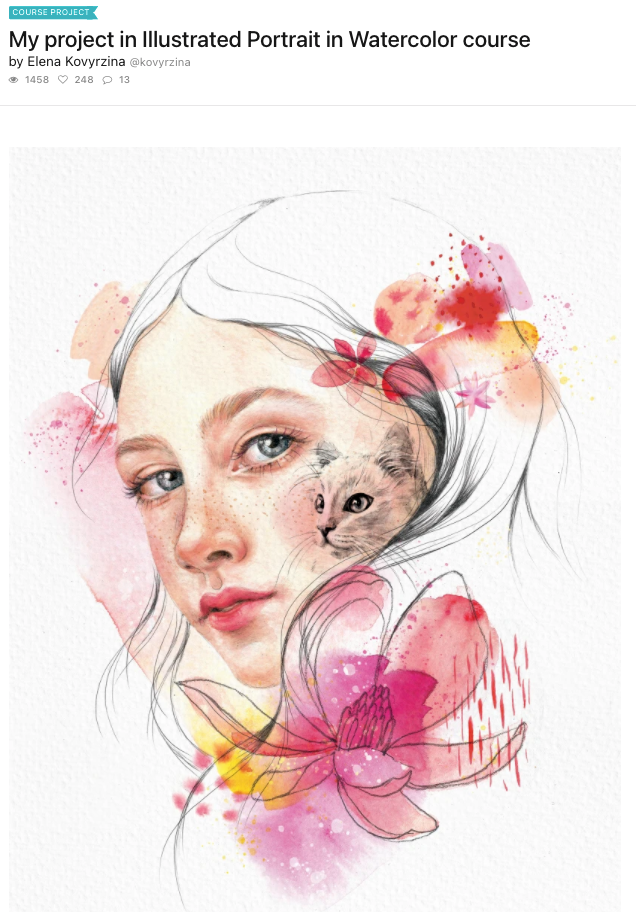
How do you share a good project?
To begin with, remember that your profile in the Domestika community is visible to all. Make the most of this space to talk about yourself, mentioning relevant information about your training, experience, and interests. If you include an avatar or an image that represents you, even better. They will be able to identify you or your brand.
#1 Share your goal
The community will love to know where your ideas originated from and what made you complete this project. If it is a collaboration for a brand, tell us about it. If it was a personal project, tell us about that, too.
#2 Technique
Describe why you chose one technique over another, how you learned it, and what was the biggest challenge.
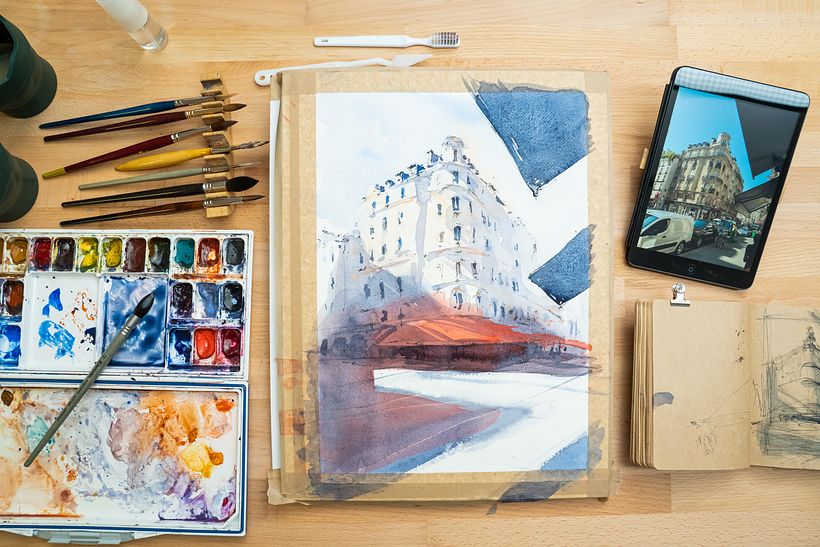
#3 Be honest
Don't hide the mistakes you may have made in the process. At the end of the day, they are learning curves. You can even share getting over the dreaded creative block if you went through any personally.
#4 Describe the processes step-by-step
Having text that complements the project will help other creatives to get to know the context in which you created your piece. It does not have to be extremely long, either. It's also important to mention the title of your artwork. What has inspired you?
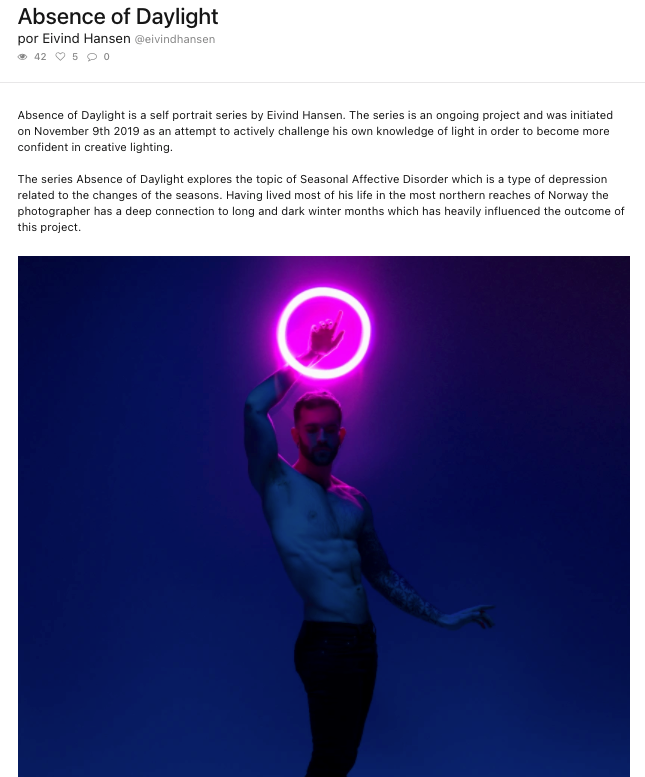
Photographs and images
Mind your photographs: make sure they are high quality, using good lighting, and are visually attractive. You can combine these basic ingredients even if you are not an expert. Three to eight images are sufficient for the viewers to understand your whole creative process, although the decision is ultimately yours.
If you intend to share your project on social media, check out the below video from photographer and content creator Alba Duque (@albaduque_) showing you some useful tips on achieving effective photographs (English subtitles are available).
The cover of your project is crucial. Choose one carefully so that it is representative of your work. It should draw attention and invite people to click and discover you.
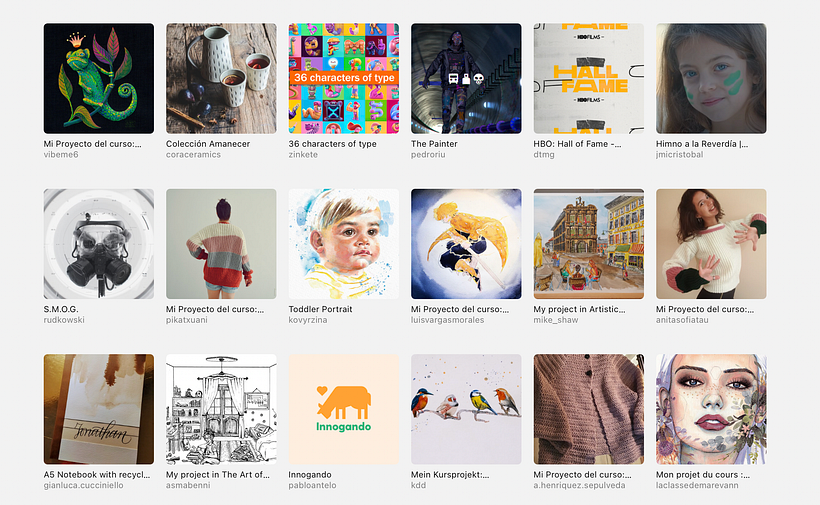
Examples of projects
Depending on your creative area, you can showcase your work in many different ways. You need to be creative at this stage, and you can follow some of the examples shown below.
Illustration
There are many stages of drawing. Therefore, you can also publish sketches, reference images, and even personal pages from your sketchbook in addition to the final piece. In Apathy, María Calderón Vázquez (@madartia) shows her mind map, associating ideas and elements that she later expresses visually.


Video
Although what really counts is the final cut, include other elements, such as 'making of' footage, film stills from the set, and other video keyframes. Lucas Cervantes Blanc (@lucaspulcro) considers himself an audiovisual fanatic. His profile includes a lot of information about his artistic journey.
In his project Ni Raso, Ni Velvet, (Neither Satin, nor Velvet) he alternates video with various photographs.
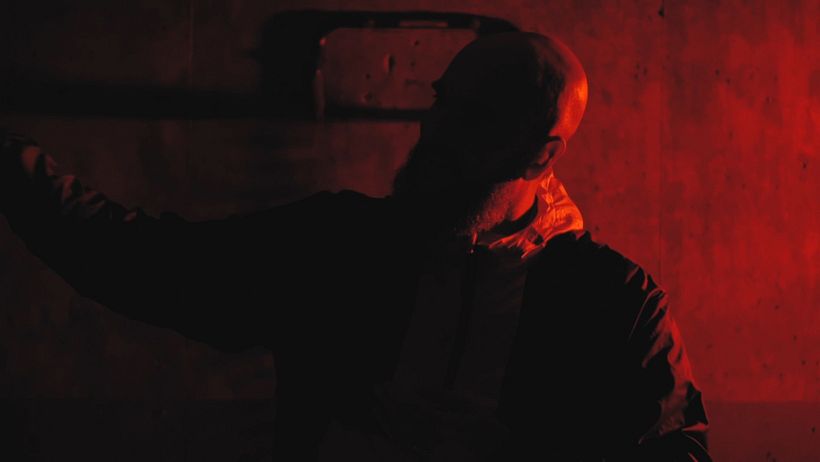
Photography
People will understand the project better if a lot of images are included to showcase a session. If you have making-of material, don't keep it to yourself. And remember that a caption always helps.
In Escrito en las hojas (Written in the Leaves), Verónica Vicente (@verovicente) explains the value of leaves, the main protagonists of her photographs.
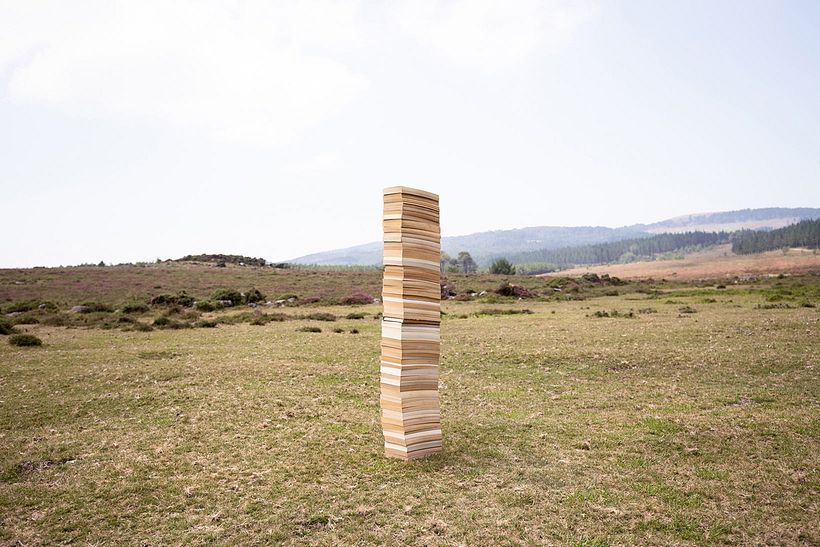
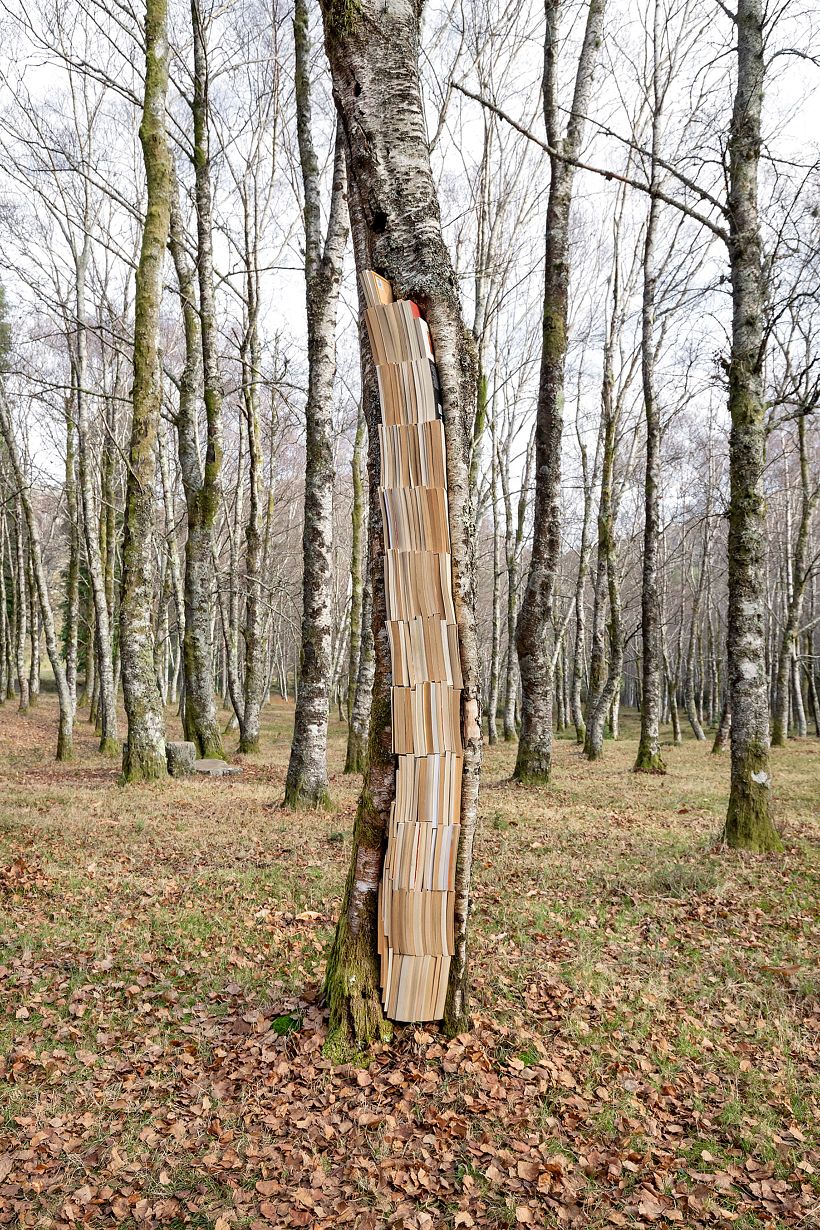
Craft
For this creative area, it can be interesting to show your tools, the patterns you have followed, and the step-by-step process (it is important to document everything you do ).
In her end-of-course project, Maria Rubio (@its_mariarubio) reveals all the ideas that went through her mind.

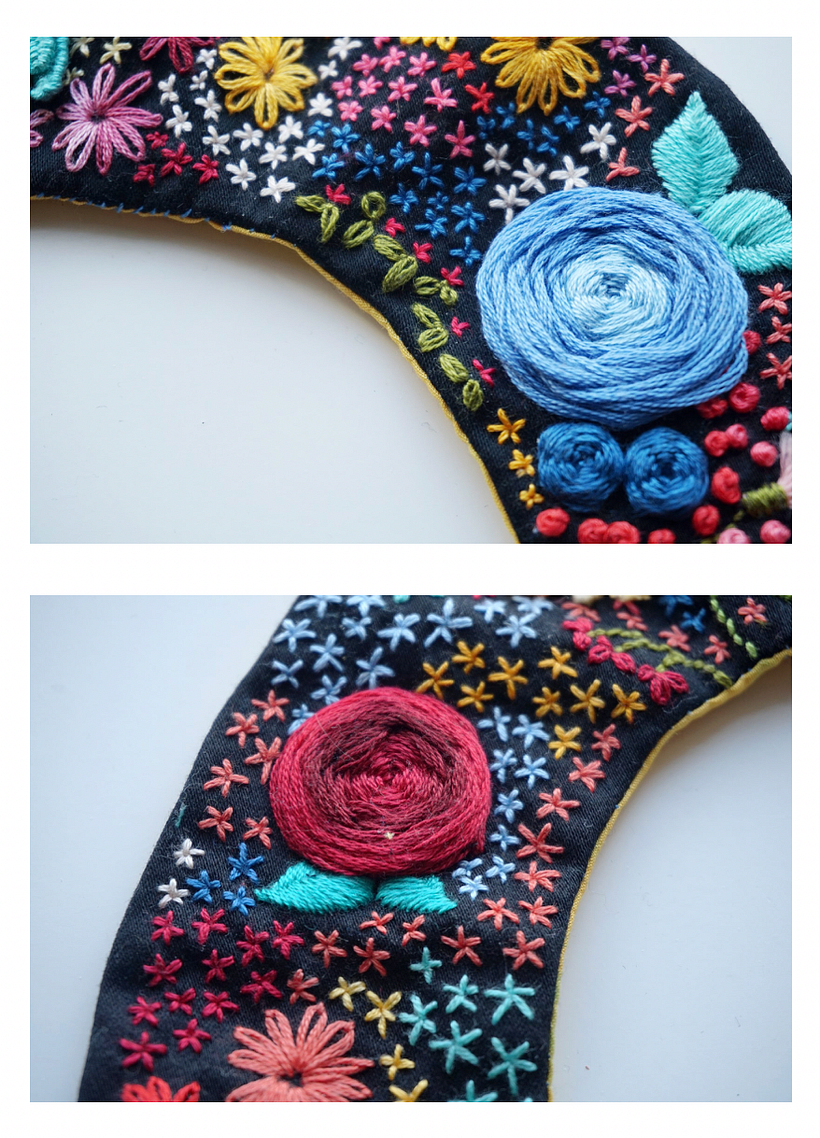
Architecture and spaces
The final project for remodeling an observation deck by Karolina Rodríguez (@karolinagrod25) includes all the steps of the process, from the mood board, area description, chosen materials, renders to the construction process.
Including these elements enhances the reveal of the final outcome.
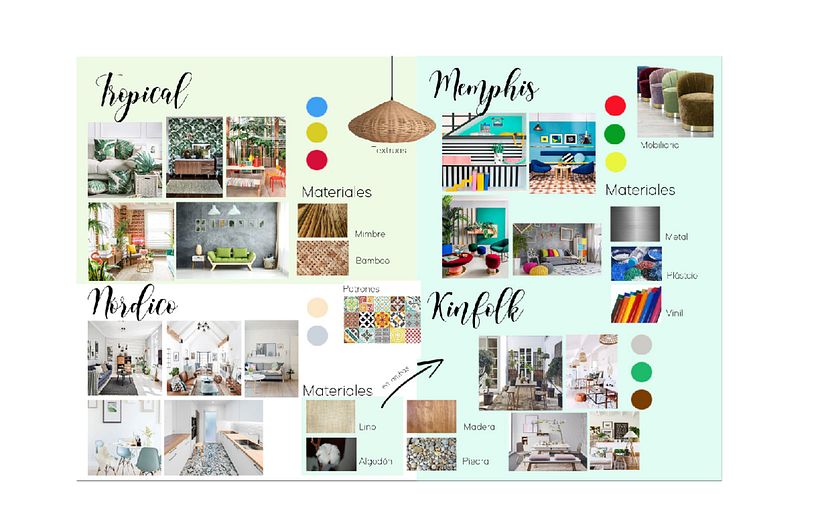
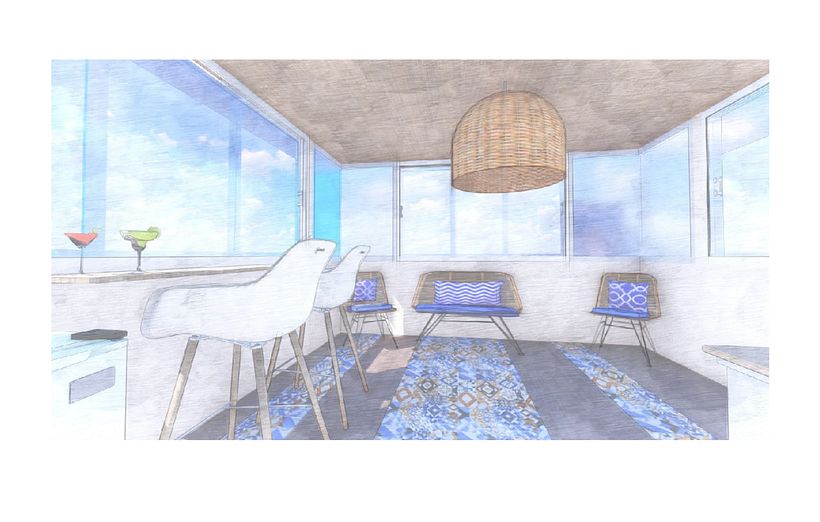
3D and animation
“Once, I heard someone say that jazz is music that you listen to in elevators.” This was the starting point for La música de Ascensor (Elevator Music), as its author Adrian Domenech (@domenadn) explains.
It is a degree final project that invites you to dive into this musical genre. In this case, being a team effort, he has also included credits and acknowledgments.
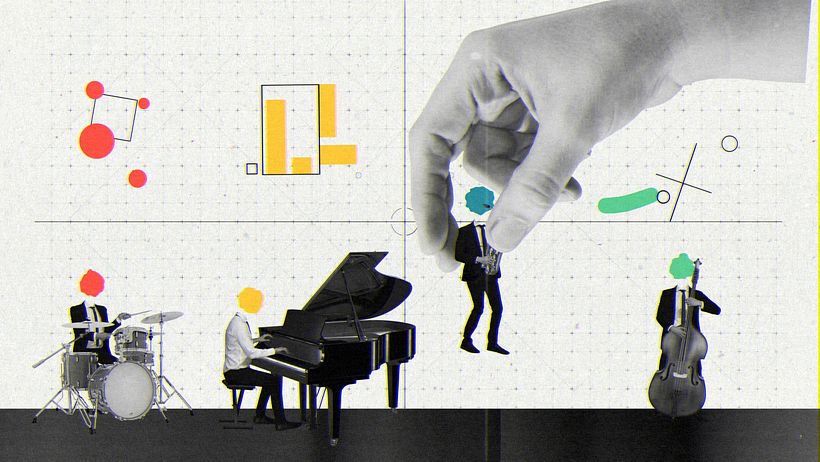
Sharing is growing
After uploading your work to the community, make sure to publish the URL all over your social media, so that your followers can get to know more about your creative profile. Lastly, keep an eye on their reactions.

Furthermore, any member of the community can like your project. If your project ends up having the most likes, it will be published in a blogpost on Domestika, featuring the ten favorite projects of the month.
Do you want to start a portfolio on Domestika? Publish your first project and share your creative progress.
Now it's your turn. Follow these tips and show what you can do and let others discover your talents.
English version by @acesarato
You may also like:
- 120 Books to Spark Your Creativity
- Discover the Domestika Certificates Included in All Courses
- Domestika Maestros: Viki Ospina








8 comments
coder_kitgreen
I added one project and can't add a second one, can anyone help? Thanks.
lurdesuk
I thought I had added my project but I can see it on the list of projects. Can you tell me how I see it on the DomestikaExpressiveAnimalPortraits2021 site please?
amyvsnelling
@lurdesuk Hello! When publishing a course project, you can choose to publish it only within the course or also in your portfolio.
In this case, you can edit your published project to include this option by clicking on the "Share on Domestika's Projects section too". You can also find more information here: https://support.domestika.org/hc/en-us/articles/360003481458
If you have any more questions, feel free to reach out to the community support team using that link too!
sonia_satori
Inspirador
teresamontalvao
The more I spend over Domestika courses and linked information, the more interested I am and the more I learn. But the last time I posted an image for to be part of the final project of the course, I can't understand if it will take time to be shown or if it hasn't been done properly... If someone from Staff could help, please?
dufourchantal1
Bonjour . Je n'arrive pas à publier la photo de ma réalisation . Le bouton " Publiez' n'est pas actif : pourquoi?
Y a-t-il des paramètres obligatoires pour les photos ? Si oui , lesquels ?
Merci d'avance pour votre réponse .
margaretf
PlusI also have trouble uploading my projects. (maybe I'm a little too old for technology!!) Some of my work has gone up but is marked draft. Other images just haven't appeared. I would like to share my "creations" as I work through the course and also would like to see all my finished projects in my portfolio.
I did post for help before but obviously I didn't send it properly or else didn't know where to look for a reply.
I would be very grateful for any help.
Thanks, Margaretf
jensmitog
Good information, thanks. Please supply the image dimensions, dpi and file types that work best for uploading into Domestika. I struggle with knowing how big my file needs to be to be viewed well. Also, is there a course or discussion/blog on different file types etc for different social platforms? Thanks, JG